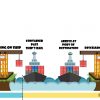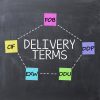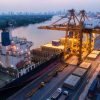This post is also available in:
 English
English  日本語
日本語  ไทย
ไทย
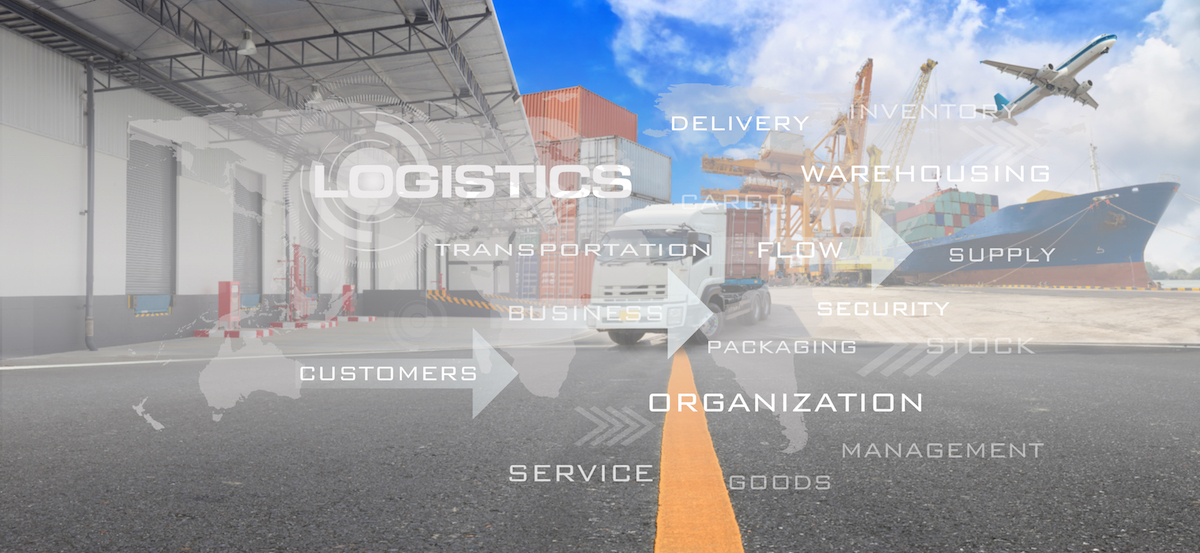
When cargo is transported by sea, how does cargo be carried and delivered to the Consignee? Unlike domestic transport, the cargo is delivered through various steps in international transportation. This time, we will explain the flow of international transport from cargo pick-up to delivery of the cargo.
Contents
- 1 1. Loading the cargo into container/truck
- 2 2. The cargo is carried to the Terminal or CFS at the port
- 3 3. Export customs clearance
- 4 4. The container is loaded on the vessel
- 5 5. Ocean Export
- 6 6. The vessel arrives at the port
- 7 7. Import custom clearance
- 8 8. Receiving the cargo
- 9 9. Deliver the cargo to the factory and unload it
- 10 Summary
1. Loading the cargo into container/truck
FCL(Full Container Loading) delivery case

The cargo produced at the factory is ready for shipment. At this time the cargo is just packed on the carton box or it is loaded on a pallet. The cargo that is ready for shipment is loaded into a container with a forklift, hand lift, or by hand. In general, it is exporter to do loading work at this time.
LCL(Less Than Container Loading) delivery case
If it is less than enough to load in a 20 feet or 40 ft container, a mixed shipment called LCL is used to export the cargo. In this case, the cargo is loaded on the truck and it is loaded at the CFS (Container Freight Station) facility with the cargoes of other companies in the container.
Document
Exporters arrange Invoice and Packing List at vessel booking. They submit the VGM to the forwarders by the completion of cargo loading.
【Related article】
How to make booking of Ocean Export Cargo to Forwarder?Explained the procedure of FCL Sea Shipment
Which has the benefit, FLC or LCL? Explained how to calculate the BreakEve point of LCL shipment from Thailand
2. The cargo is carried to the Terminal or CFS at the port
FCL Delivery case
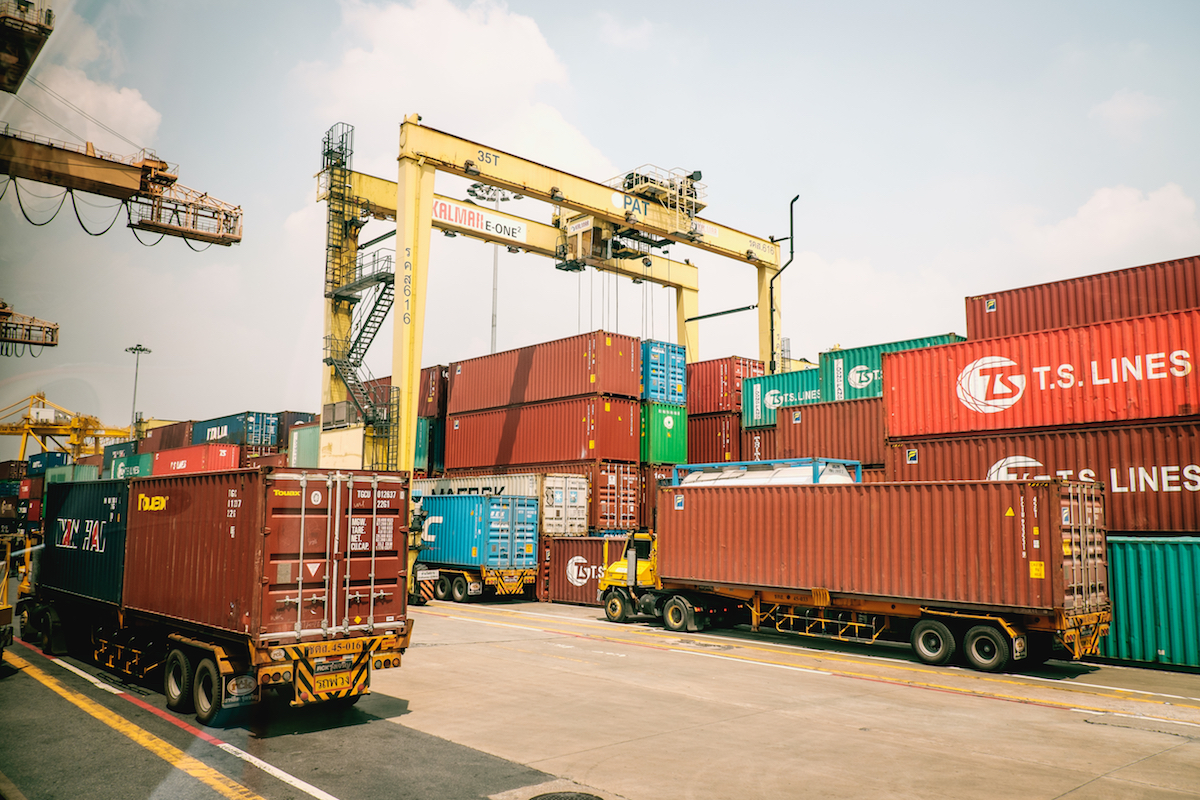
Containers loaded with cargo are transported by trailer to the port. In the port area, containers are unloaded at the container terminal after entering a dedicated gate, and are stored in the terminal until loading to the vessel.
LCL Delivery Case
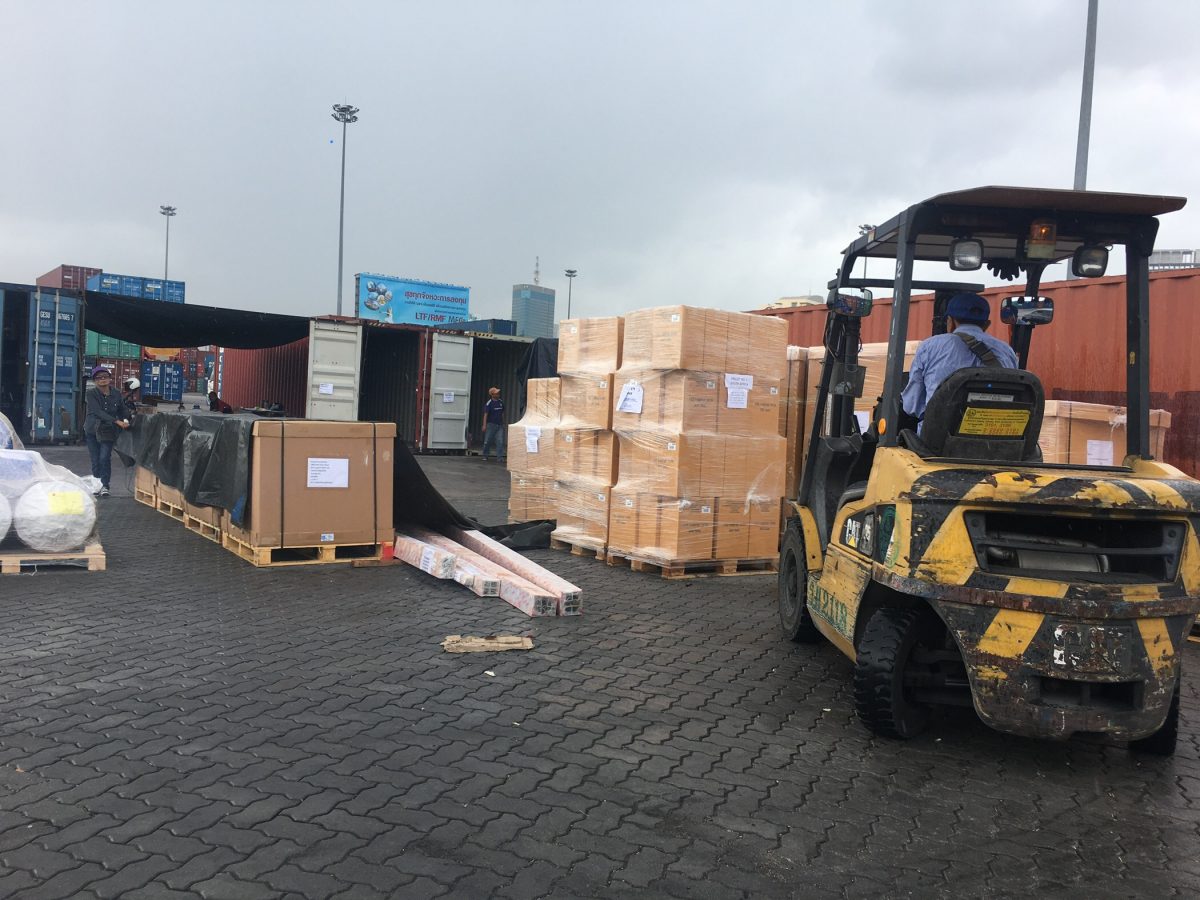
The cargo is carried by a truck to CFS, and it will be loaded together with the cargoes of other companies in a container placed on the ground of CFS. Then, these containers are transported to container terminal later.
3. Export customs clearance

Export customs clearance is held before cargo Gate-In at the port. In export customs clearance, the shipping person in charge declares to Customs using system (EDI) based on necessary documents (Invoice, Packing List, Export License etc).
4. The container is loaded on the vessel

At the terminal, the equipment called a gantry crane which loads containers onto vessel is used for lifting on the vessel that have booked in advance.
5. Ocean Export
Direct shipment service

A vessel loaded with containers moves along the determined route. For direct services, the container is not be pulled out of the vessel and headed to the destination. The vessel operates according to the schedule while loading and unloading containers at each port.
Transship service
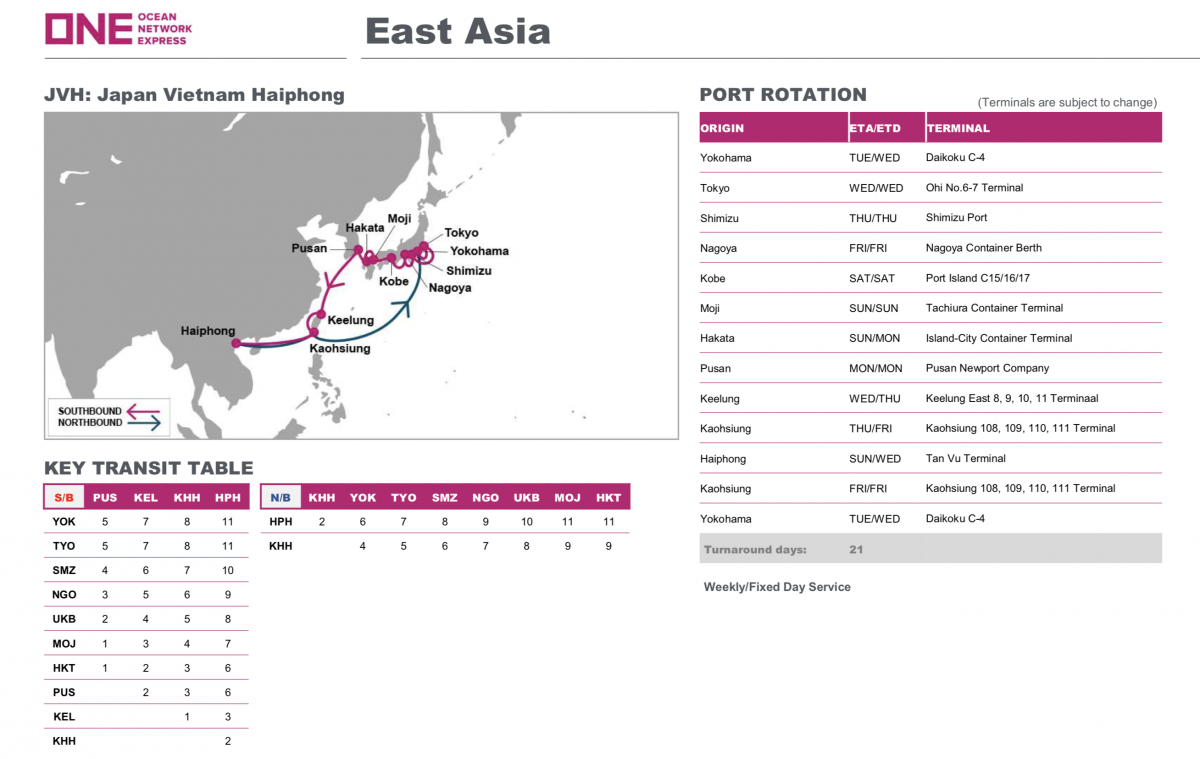
There is also a transshipment service which does not go directly to the destination but transits to another vessel at the transit point. These services are used mainly when the cargo is sent to the local port and also in main port by the service of the shipping company.
For example, in the case of transportation to a local port in Japan, the cargo is shipped from Busan Port in Korea and then transported to the local port.
Document
B/L will be issued when the vessel departs from the port.
【Related article】
What is B/L in Logistics? Explained B/L role and flow with illustrations
6. The vessel arrives at the port
Container loading and unloading
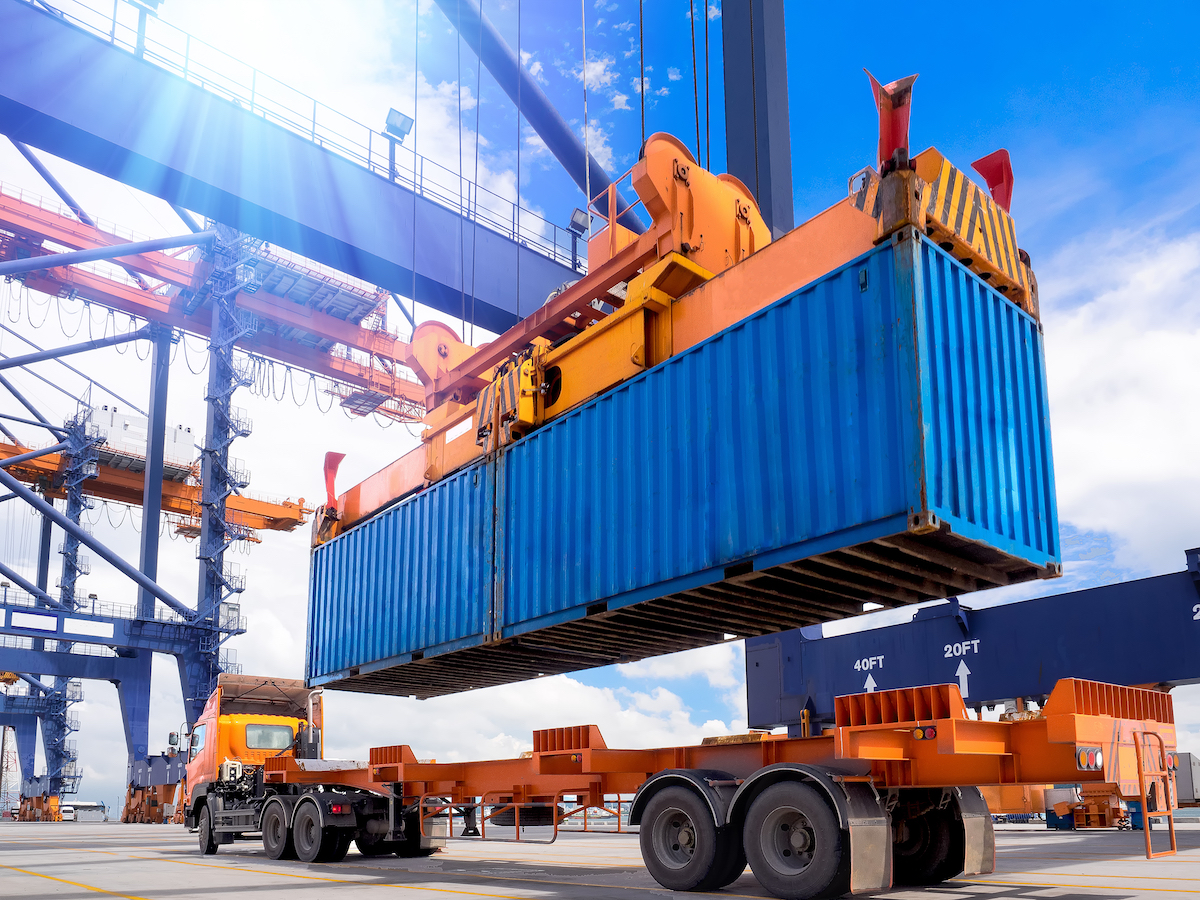
The vessel arrives at the port, and the container is unloaded using the gantry crane. The unloaded container is carried to the terminal and stored in the terminal until picking up the container by Consignee.
Document
Arrival Notice will be issued about two days before the ETA. Consignee (Importer) has B/L and Arrival Notice and exchange them for D/O (Delivery Order) to pick up the container.
7. Import custom clearance

Based on the Invoice, packing list and other necessary documents (certificate of origin, import permit etc), the Shipping person in charge uses the system to declare the imports cargo. Unlike export customs clearance, import customs clearance is likely to be more strict to pass the custom clearance.
8. Receiving the cargo
The cargo that finished the import clearance without any problem will be picked up from the terminal. It is necessary to insert D/O when picking up the container.
FCL delivery case

Picking up a container at the terminal by trailer.
LCL delivery case
Picking up the cargo unpacked at CFS by truck.
9. Deliver the cargo to the factory and unload it
The cargo loaded on the trailer/truck is transport to the factory. After that, the cargo is unloaded at the factory by forklift or by hand.
Summary
Since the cargo is transported to other countries, the important point is to transport cargo safely and efficiently by using containers. And it is also important to declare to the customs authorities at each importing and exporting countries.
If you understand this sequence of flows, you will know where the cargo is and how you can solve the problems when it happen.


